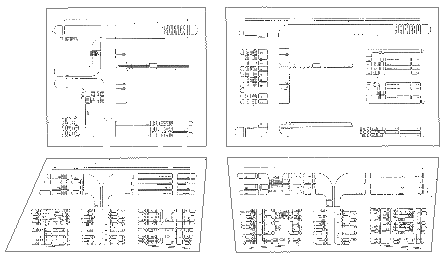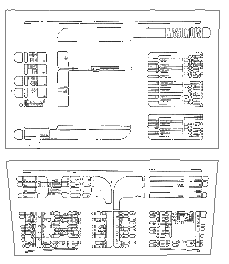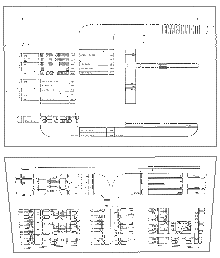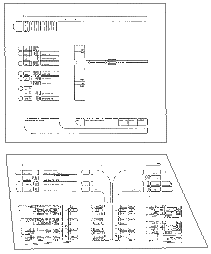
Primary functions of Science stations include
- The ability to provide access to sensors and interpretive software for primary mission and command intelligence requirements and to supplement Ops in providing realtime scientific data for command decisionmaking support.
- The ability to act as a command post for coordination of activities of various science laboratories and other departments, as well as for monitoring of secondary mission status.
- The ability to reconfigure and recalibrate sensors systems at a moment's notice for specific command intelligence requirements.
Mission Ops

Environment

Engineering

|
Copyright © 1997 Tan Ngo-Dang Contact: tangowebmedia@sympatico.ca URL: http://www.tht.net/~tan/ |
Created on 06/29/97 Updated on 12/08/97 Page status: final |